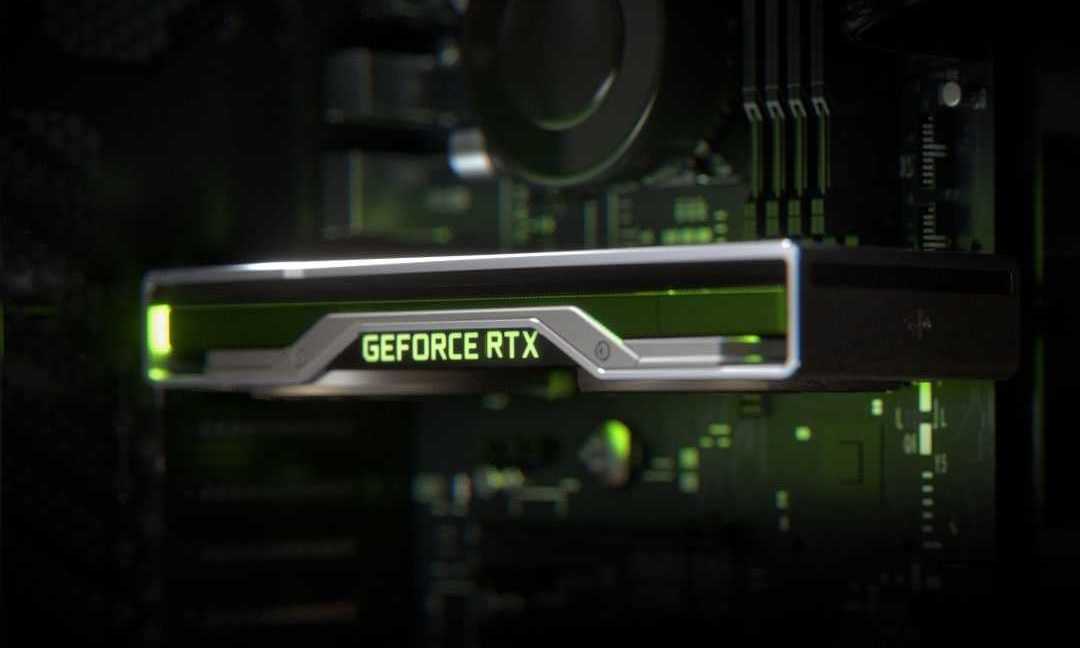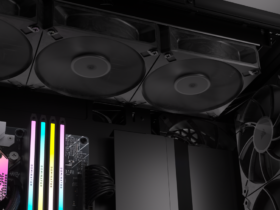Only the NVIDIA RTX 3050 Ti and NVIDIA RTX 3050 are missing to complete the low-end line up. GPU specs have leaked thanks to rumors about some laptop models not yet presented
NVIDIA is slowly building the line up of its new Ampere GPUs. We started from the high end with the RTX 3090, a real beast of power, and then we went down slowly with the recent arrival on the market of the RTX 3060, which still makes a lot of talk about itself. Unfortunately, the high demand, fomented by the bulk purchases of miners, and the production that is struggling to scale due to the very high demand for chips that has been manifesting in recent months have contributed to significantly raise prices compared to the lists. For this reason, perhaps even waiting for lower-end versions such as NVIDIA RTX 3050 Ti and NVIDIA RTX 3050 to be able to assemble a satisfying PC without spending a fortune. The new GPUs have been spotted aboard some not yet unveiled laptops that should also be fitted with the new Tiger Lake-H processors. Let’s see the details.
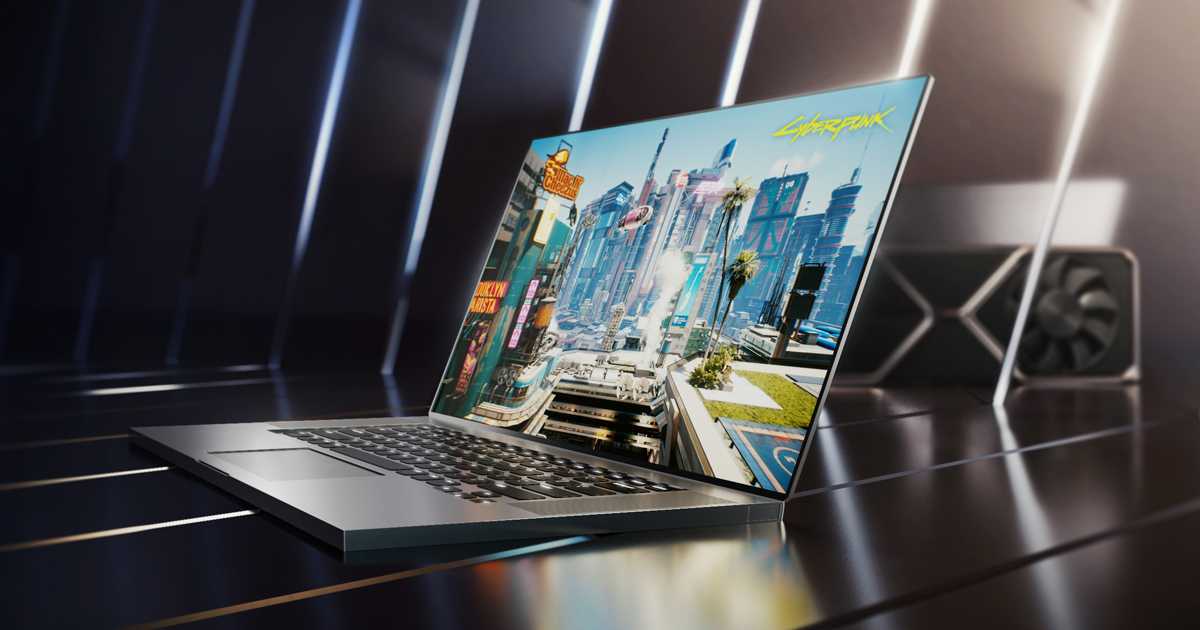
NVIDIA RTX 3050 Ti and NVIDIA RTX 3050: specs leaked thanks to laptops
The wccftech site has released the alleged specifications of NVIDIA RTX 3050 Ti and RTX 3050. The specifications and benchmarks are been discovered within the Geekbench database after it appears that some laptops not yet officially presented with Intel Tiger Lake-H processors have been tested. The GeForce RTX 3050 series will use an Ampere GA107 GPU which has yet to be unveiled in both the desktop and laptop segments. GPUs have appeared in some Samsung laptops equipped with Tiger Lake-H CPUs (35W), the Core i7-11800H and Core i5-11400H respectively.
Coming to the specifics, NVIDIA RTX 3050 Ti has 20 SM which correspond to 2560 CUDA Core. This is supposed to match a GA107 GPU at its maximum potential. The GPU was made to work with a maximum clock of 1.03 GHz – perhaps a bit low, let’s assume that the finished product can go much further or that it is a reading error – and it also has 4 GB of GDDR6 memory on a 128-bit bus interface. NVIDIA is likely to use 12Gbps memory modules, so we can expect total bandwidth of 192GB / s. The GPU should have a TGP of less than 100W, probably around 60W.
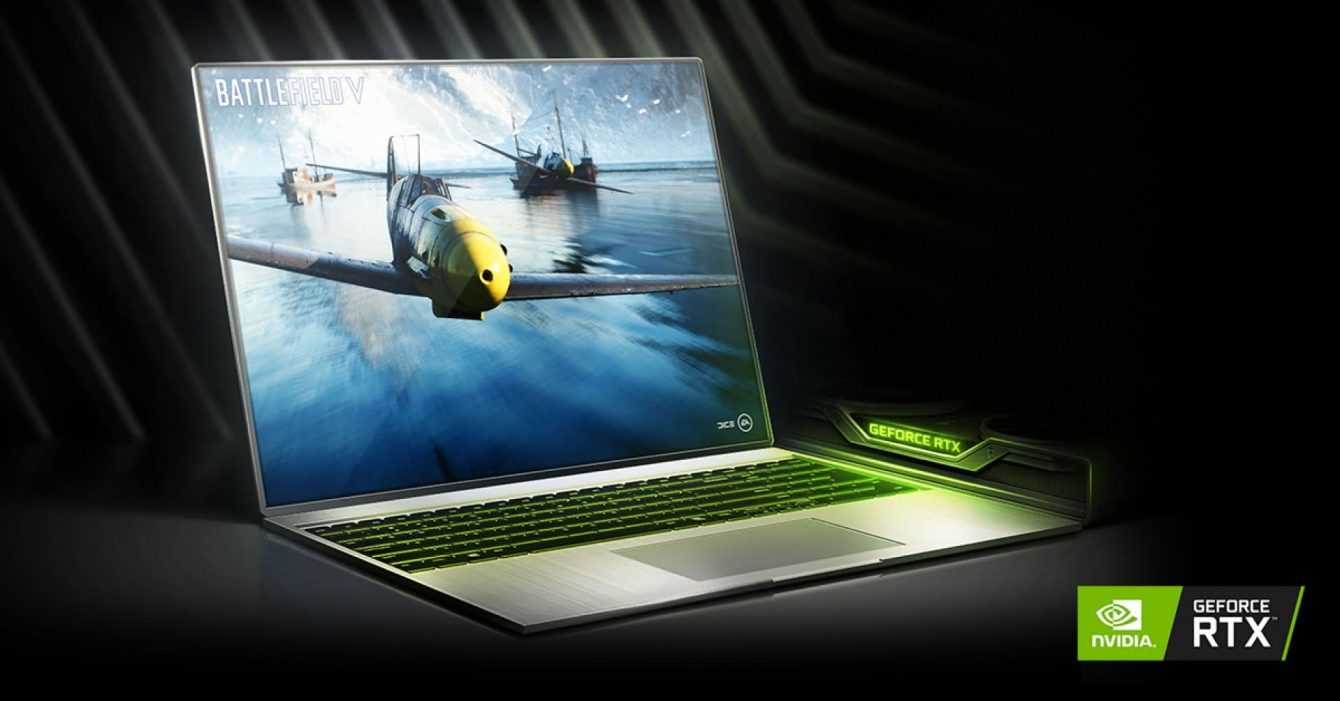
The specifications of NVIDIA RTX 3050 instead they have 16 SM units corresponding to 2048 core CUDA. The GPU was running at one maximum frequency of 1.06 GHz, even in this case we assume limited to experimental purposes. An important novelty is that the cards of the GeForce RTX 3050 series belong to the “RTX” family. While in the past ray tracing was exclusive to graphics cards of the ** 60 series and above, in the near future thanks to the Ampere architecture we might find ray tracing in low-end cards as well. In reality this is not very interesting because we know that in many modern games activating ray tracing is a drain on even the most performing GPUs, much more interesting could be the presence of Tensor Cores that would enable the possibility of using DLSS to play higher resolution without giving up fps.
Although we are faced with laptop versions, it is very likely that the specifications of NVIDIA RTX 3050 Ti and RTX 3050 they will not vary much from what is reported in the desktop versions. Looking back, in fact, the number of cores was exactly the same in the two versions, but the clock frequencies in the mobile versions were slightly reduced.
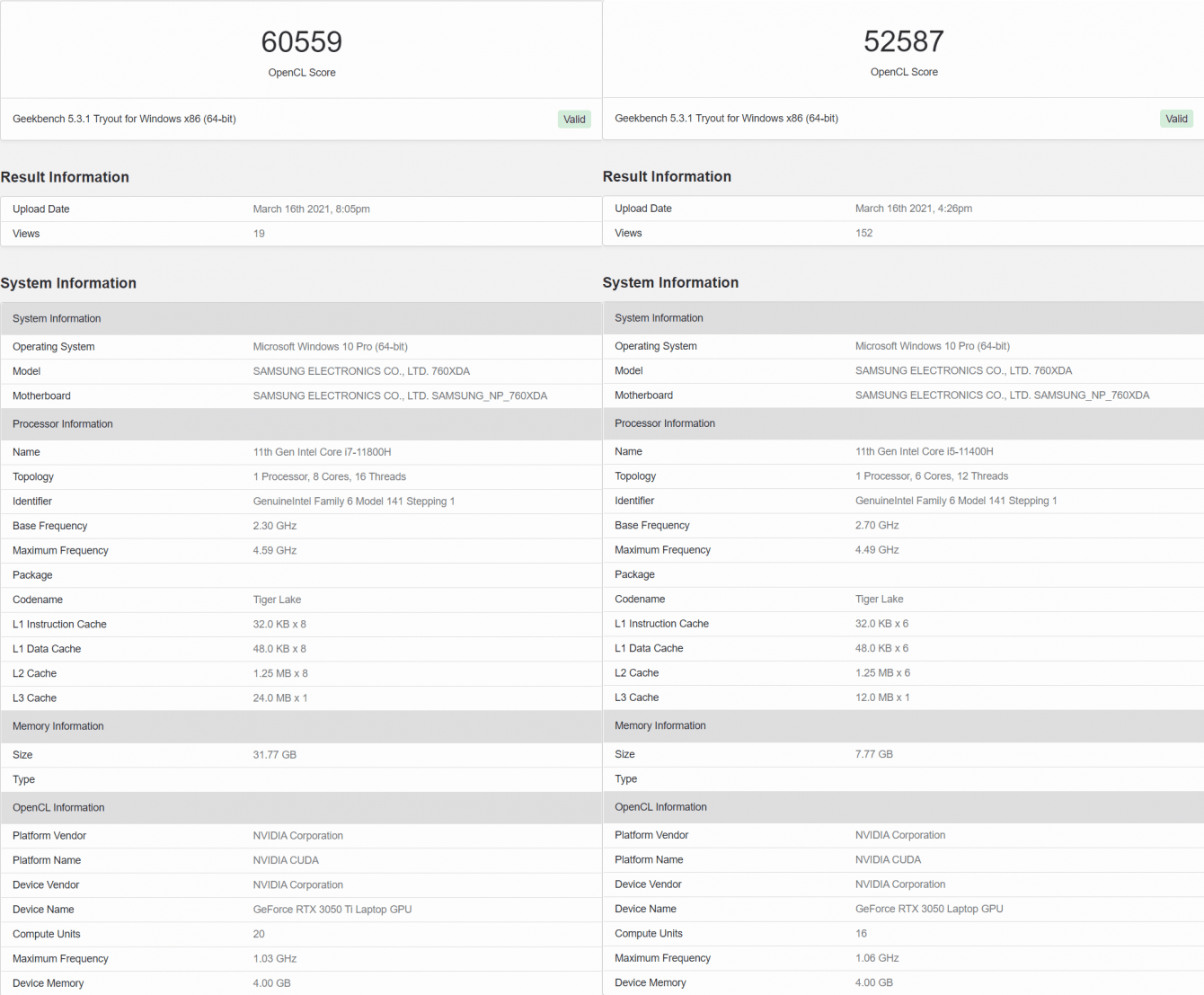
And take the benchmark
In addition to the specs, some NVIDIA RTX 3050 Ti and RTX 3050 benchmarks were also leaked. In OpenCL, NVIDIA GeForce RTX 3050 Ti is as fast as Radeon RX 5600 XT and GeForce GTX 1080 Ti (desktop version means). There On the other hand, the GeForce RTX 3050 is as fast as the GeForce GTX 1080. The Non-Ti variant is also slightly faster than the GeForce GTX 1650 SUPER which it will then replace. However, remember that these are benchmarks based on OpenCL and as we know the Ampere architecture has made important steps forward on the OpenCL and Vulkan APIs, while the improvements with DirectX (on which many titles are based) could be less marked. Certainly, however, the new GPUs based on Ampere architecture could be very appreciated by professionals who work on the move.
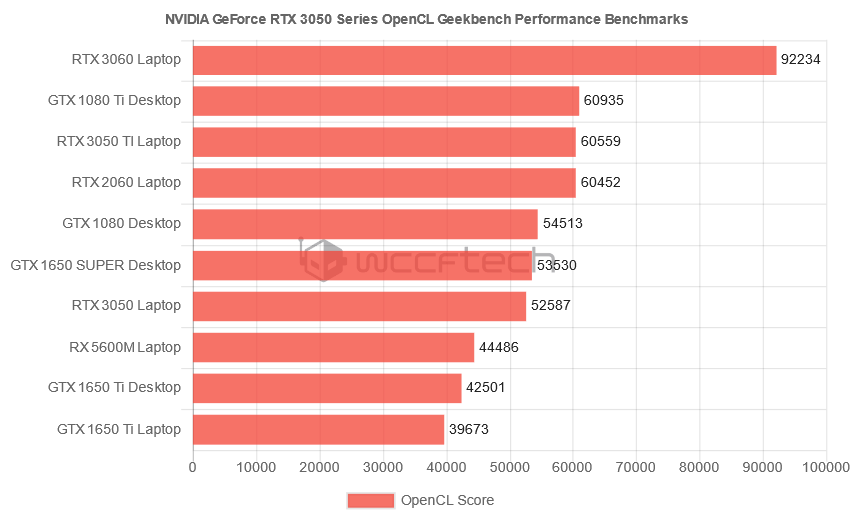
The price of these new low-end GPUs may be higher than in the past, with the NVIDIA RTX 3050 Ti expected to range between $ 229 and $ 279, while RTX 3050 will cost slightly less around 200 dollarsthe. GPU-based Intel Tiger Lake-H and NVIDIA GeForce RTX 30 Series Mobility laptops will start at around $ 999, a very attractive price for products that used to cost several hundred dollars more. From the hardware section that’s all! Keep following us!






